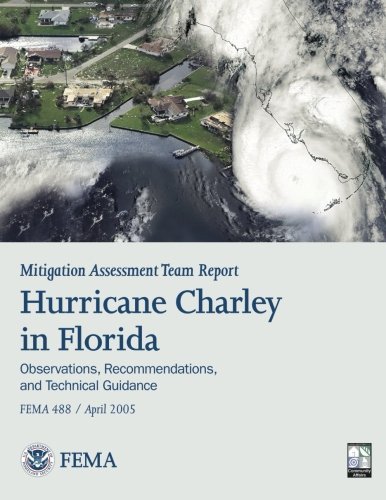
Tell your friends about this item:
Mitigation Assessment Team Report: Hurricane Charley in Florida - Observations, Recommendations, and Technical Guidance (Fema 488)
Federal Emergency Management Agency
Mitigation Assessment Team Report: Hurricane Charley in Florida - Observations, Recommendations, and Technical Guidance (Fema 488)
Federal Emergency Management Agency
Hurricane Charley made landfall on Friday, August 13, 2004, at Mangrove Point, just southwest of Punta Gorda, Florida. On August 19, 2004, the Federal Emergency Management Agency?s (FEMA?s) Mitigation Division deployed a Mitigation Assessment Team (MAT) to Florida to assess damages caused by Hurricane Charley. This report presents the MAT?s observations, conclusions, and recommendations in response to those field investigations. Several maps included in our first chapter illustrate the path of the storm, the wind field estimates, the impact on people and infrastructure, and the depth of storm surge along the path. The width of the high-wind field was very narrow even though hurricane force winds affected some portion of the Florida peninsula from Punta Gorda to Daytona Beach. There was little storm surge or coastal flooding because of the narrow size of the storm and the translational speed with which it came ashore and crossed the state. The hurricane is believed to have been a design wind event (the wind speeds equaled or exceeded those delineated in the current version of the Florida Building Code [FBC]) for a narrow area from the point of landfall on the west coast inland for 120 miles. The design wind speed for Charlotte County (Punta Gorda) per the FBC is 114 to 130 mph (measured as a 3-second peak gust). The actual measured wind speed near Punta Gorda was 112 mph (3-second peak gust) and measured speeds in other parts of the state suggest that Charley was a design wind event. The storm created a very small area affected by storm surge and most damage was not caused by flooding from storm surge, waves, or erosion. Because Hurricane Charley was a design level wind event, the resultant storm damage provides valuable evidence about the effectiveness of building codes and design practices as they ad¬dress design guidelines for high winds. For buildings built prior to the adoption of the current codes, judgments were made about how the observed damage was reflective of the code to which the building was constructed, and the quality of construction or the inspection process that followed construction. Consideration also was given to the type and use of buildings. Many buildings that were expected to function for critical/essential services were severely damaged by the hurricane and lost function for significant periods of time after the event. The recommendations in this report are based solely on the observations and conclusions of the MAT, and are intended to assist the State of Florida, local communities, businesses, and individ¬uals in the reconstruction process and to help reduce damage and impact from future natural events similar to Hurricane Charley. The general recommendations presented in Section 8.1 relate to policies and education/outreach that are needed to ensure that designers, contractors, and building officials understand the requirements for disaster resistance construction in hurricane-prone regions.
| Media | Books Paperback Book (Book with soft cover and glued back) |
| Released | April 26, 2013 |
| ISBN13 | 9781484818497 |
| Publishers | CreateSpace Independent Publishing Platf |
| Pages | 320 |
| Dimensions | 216 × 280 × 17 mm · 748 g |
| Language | English |
More by Federal Emergency Management Agency
See all of Federal Emergency Management Agency ( e.g. Paperback Book , Hardcover Book , Spiral Book and Book )


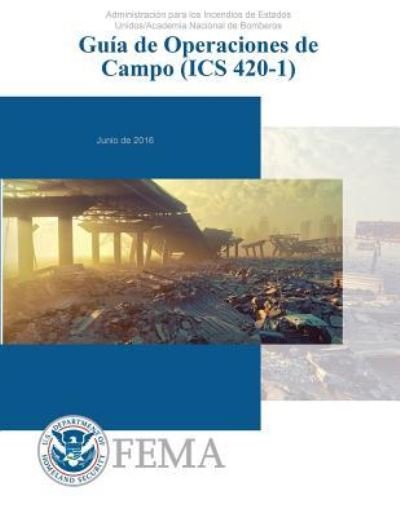
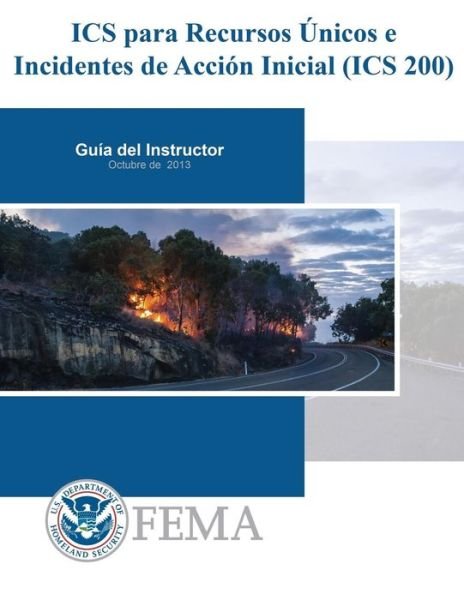
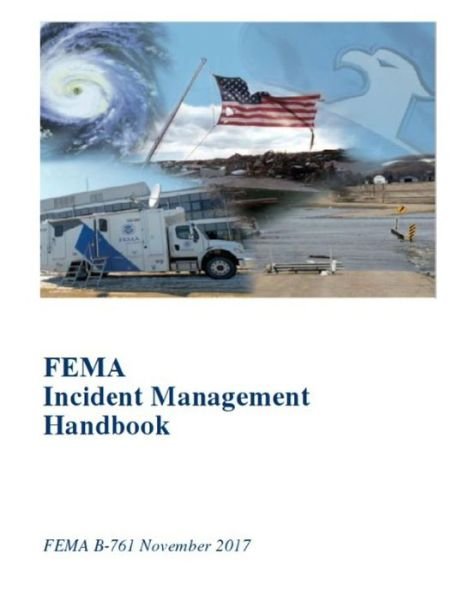
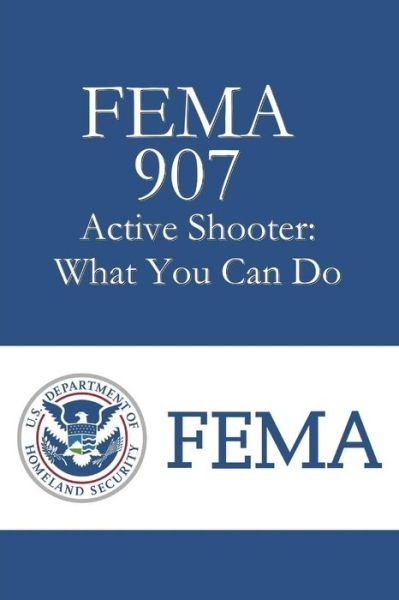
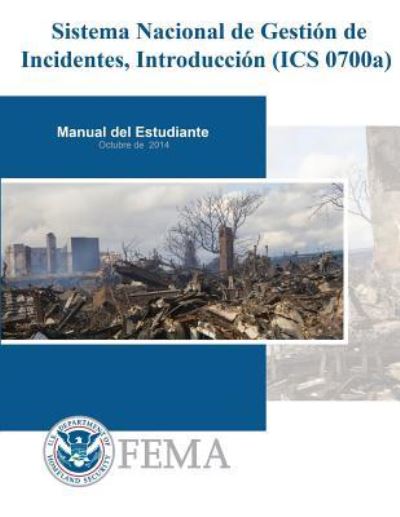
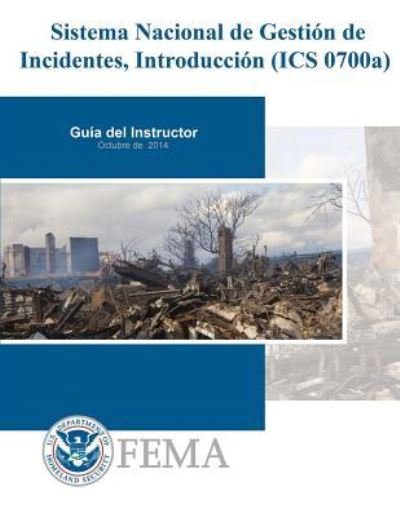
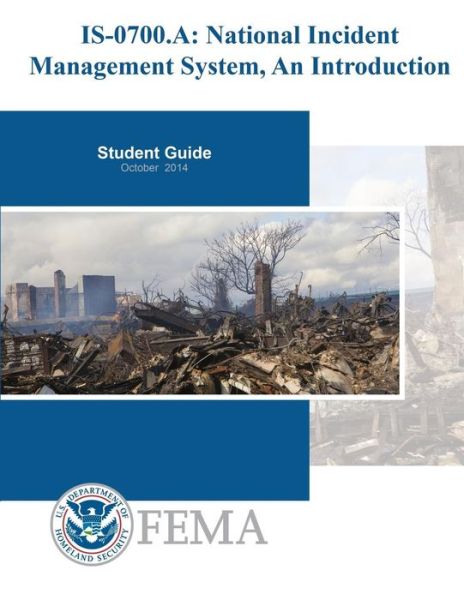
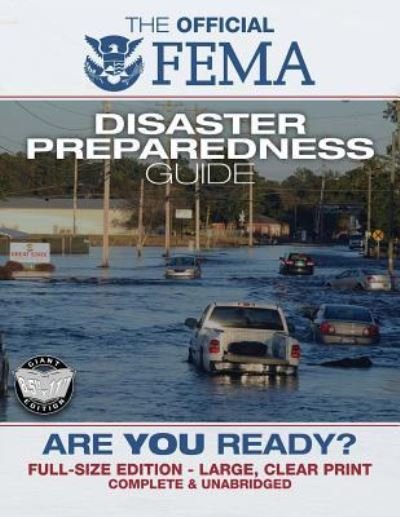
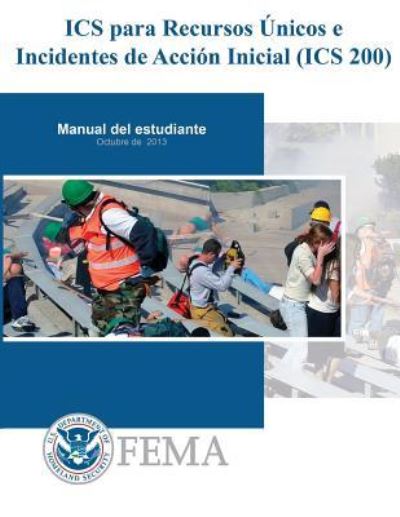

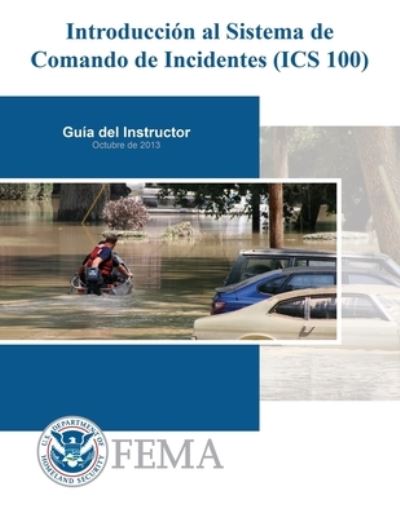

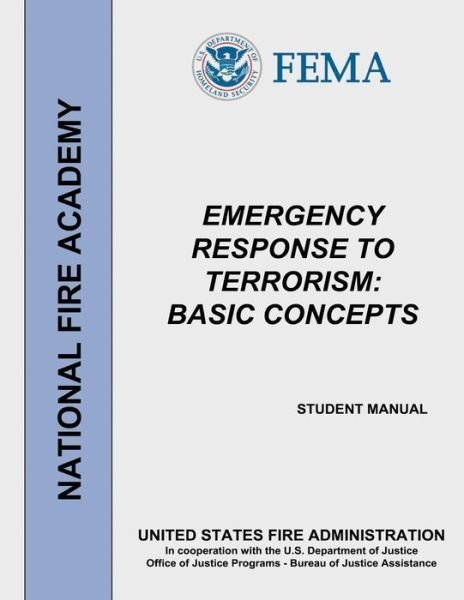
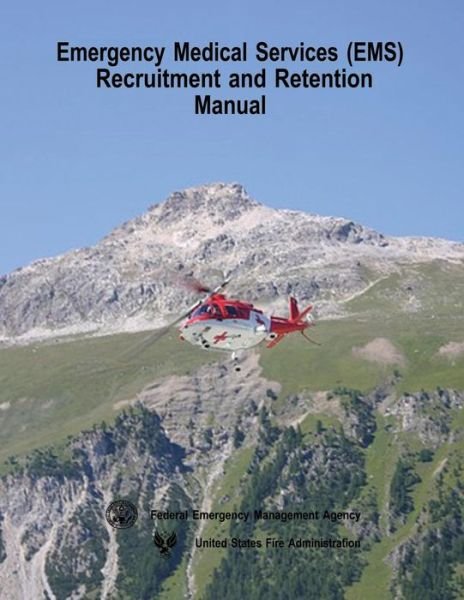
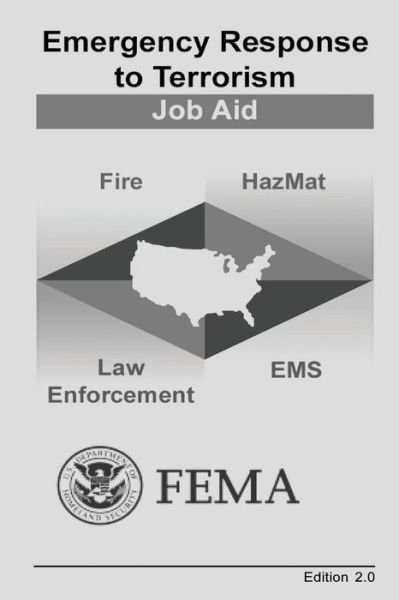



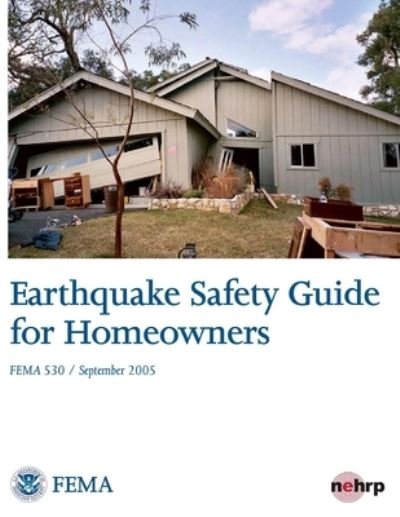
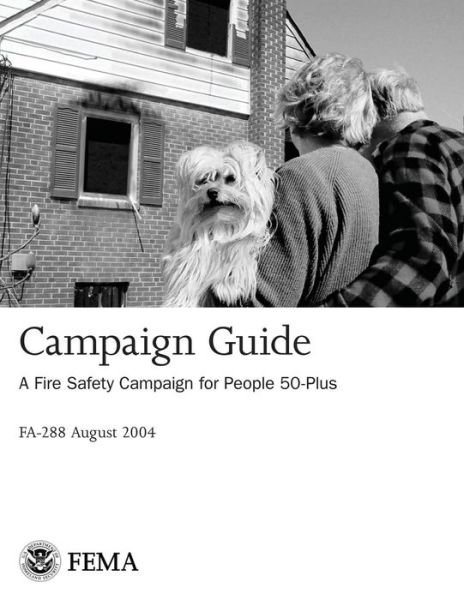
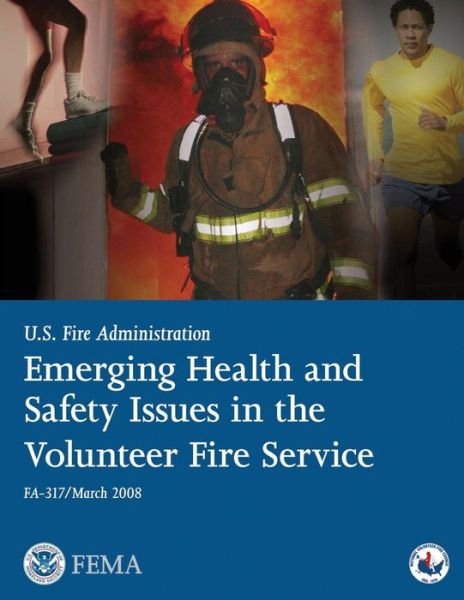
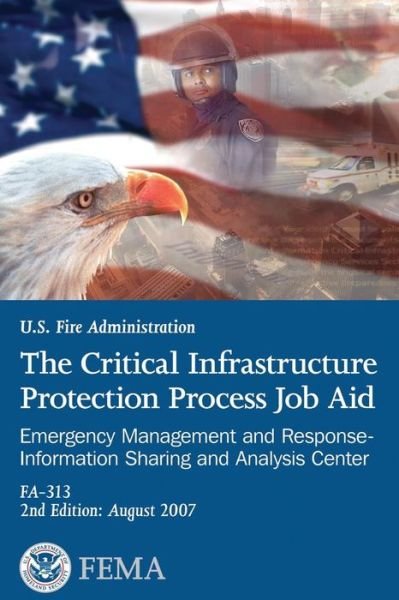
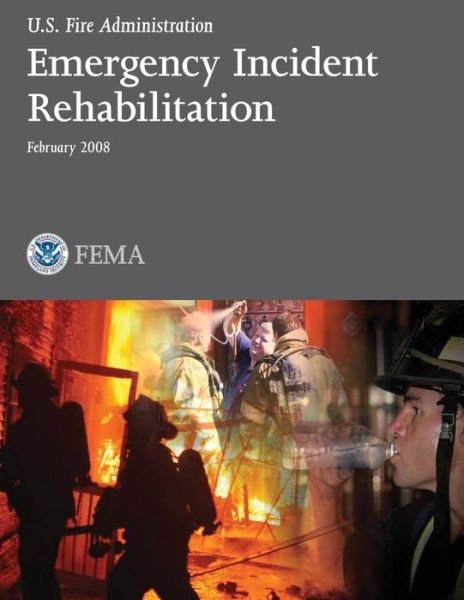
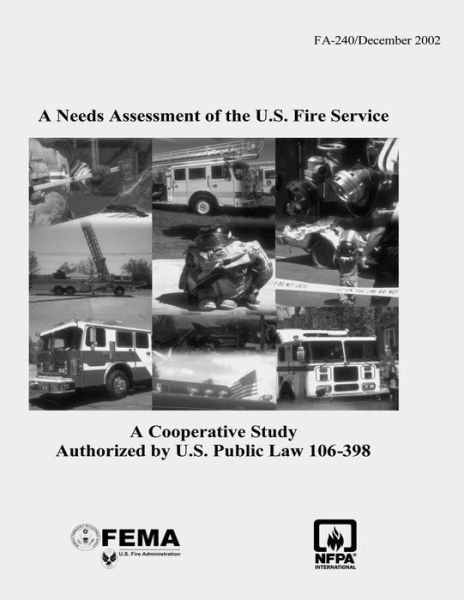
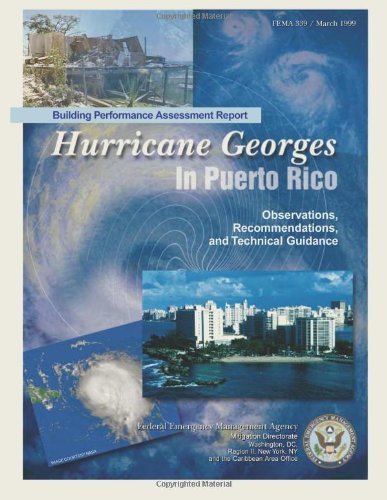
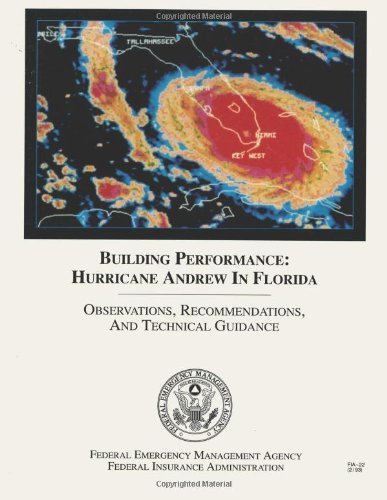



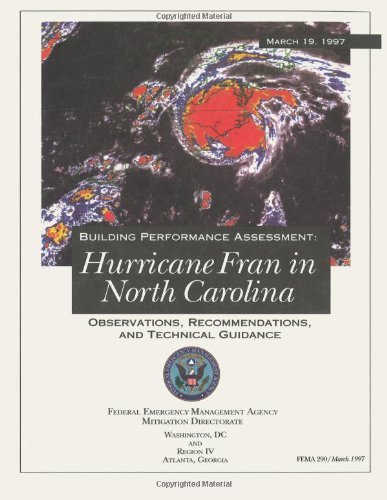
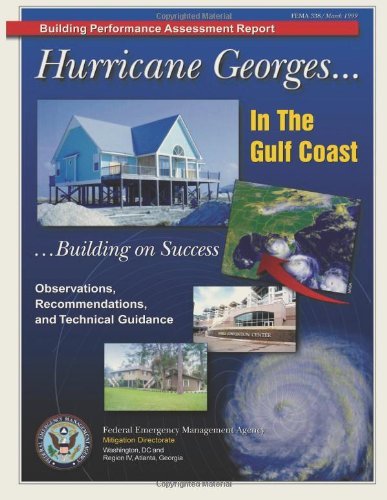
![Cover for Federal Emergency Management Agency · Recommended Residential Construction for Coastal Areas - Building on Strong and Safe Foundations (Paperback Book) [Fema P-550, Second, 2 edition] (2013)](https://imusic.b-cdn.net/images/item/original/657/9781484818657.jpg?federal-emergency-management-agency-2013-recommended-residential-construction-for-coastal-areas-building-on-strong-and-safe-foundations-paperback-book&class=scaled&v=1412486600)